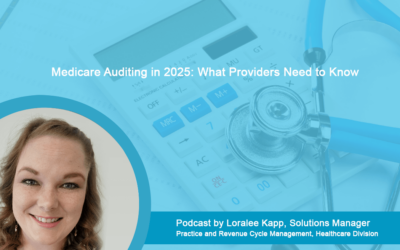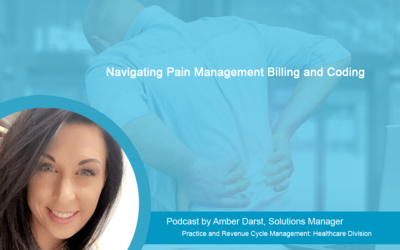One of the leading dental billing companies in the U.S., Outsource Strategies International (OSI) provides comprehensive RCM support for dentists, endodontists, orthodontists, or periodontists to run their practice efficiently. Our team can work on your dental software as an extension to your practice.
In today’s podcast, Meghann Drella, a Senior Solutions Manager at Outsource Strategies International, discusses the ICD-10 codes for reporting top 3 dental conditions.
Podcast Highlights
00:24 Gingivitis
00:43 Periodontitis
01:21 Dental caries
01:56 Dental eligibility verification is important
Read Transcript
Hello and welcome to a podcast series. My name is Meghann Drella and I’m a Senior Solutions Manager here at Outsource Strategies International. Today I’ll be discussing ICD-10 codes for diagnosing the top 3 dental conditions.
Oral or dental health is an important part of your overall health and well-being. Let’s take a look at the ICD-10 codes for 3 common dental conditions.
00:24 Gingivitis – A common form of gum disease, gingivitis causes swelling, redness and irritation of the gingival – the part of your gum around the base of your teeth.
Related ICD-10 codes include
- K05
- K05.0 and
- K05.1
00:43 Periodontitis – Periodontitis is a gum infection that damages the soft tissue and destroys the bones that support your teeth. Also known as gum disease or periodontal disease, the dental condition occurs due to poor brushing and flossing habits that cause plaque to build up around the tooth
ICD 10 codes for diagnosing this include
- K05
- K05.2
- K05.20 through K05.22
- K05.3 through K05.32
- K05.4 through K05.6
01:21 Dental caries– Also called tooth decay or cavities, dental caries is the permanent destruction of tooth enamel, the hard outer layer of the teeth that develop into tiny openings or holes. The ICD 10 codes associated with this
- begin with K02 and end with K02.9
Practicing good, consistent oral hygiene and stopping activities that damage or stress the mouth lining are the best ways to prevent these dental disorders. To get the CDT codes assigned right, it is important for the practice’s billing and coding team to be up to date with the coding changes and guidelines.
01:56 Dental eligibility verification is important
As coding for dental procedures can be very complex, a comprehensive dental eligibility verification to verify the patient’s coverage before the procedures are performed is extremely important.
I hope this helps, but always remember that documentation as well as a thorough knowledge of payer regulations and guidelines is critical to ensure accurate reimbursement for the procedures performed.
Thank you for joining me and stay tuned for my next podcast.



